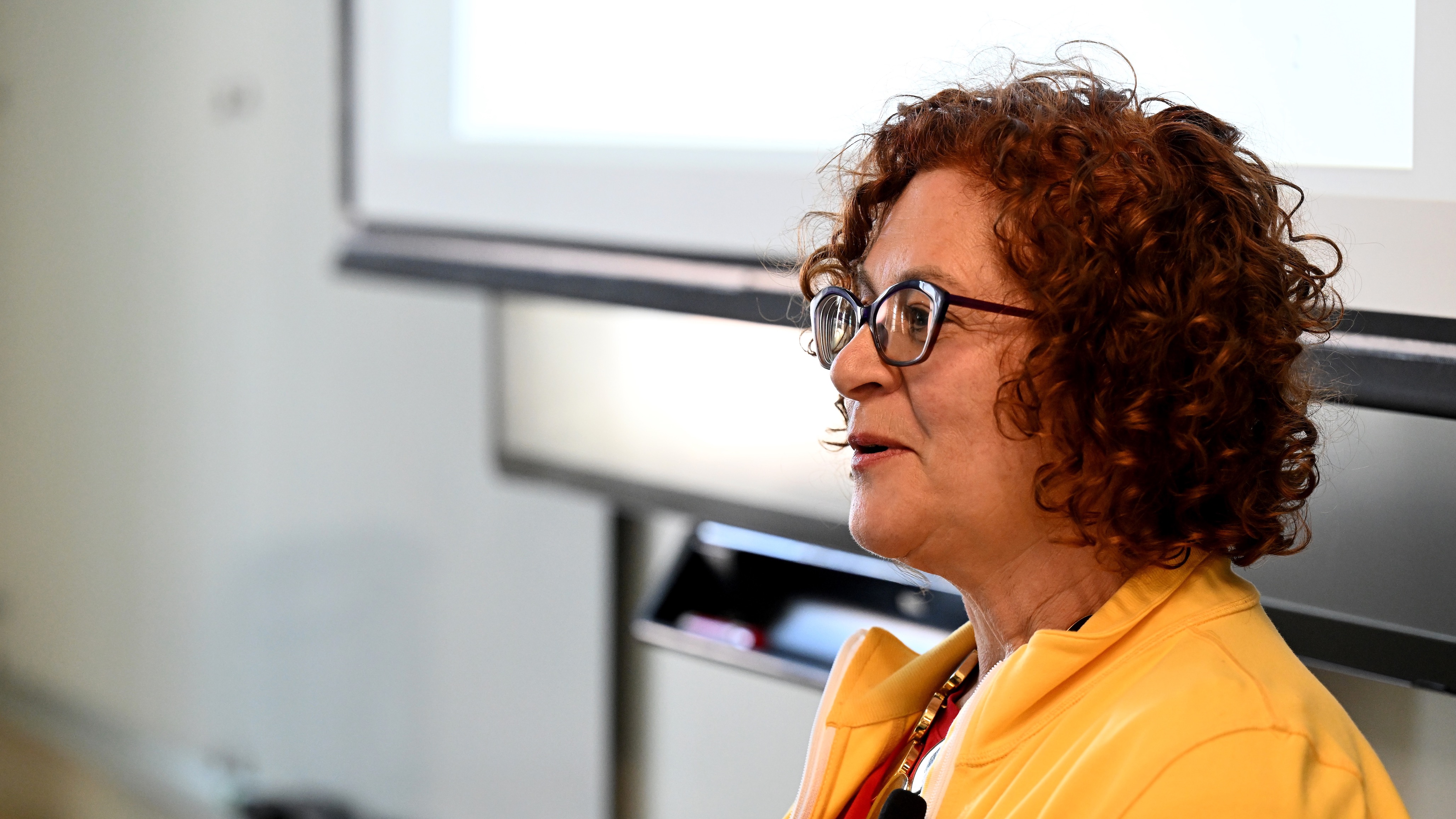Masha in New York City
February 20, 2024

The antipassive across languages and theories.
February 23 on the Upper West Side of Manhattan, Maria Polinsky gives the second annual Dressler Linguistics Colloquium at Columbia University, on the understanding of antipassive across languages. The abstract follows.
The antipassive across languages and theories
In this talk, I take it as my point of departure that a verb phrase has articulated hierarchical structure, with separate projections for Voice and the functional head v. I also adopt the idea that languages vary depending on whether Voice and v are bundled together in a single projection or appear as split projections. Although the division of labor between Voice and v has been subject to extensive discussion, there are still a number of unanswered questions, especially in application to languages without rich inflectional morphology. Within the articulated vP model, a great deal of attention has been given to the analysis of actives and passives, but the status of the antipassive is less clear.
In an antipassive construction, the logical object cannot be expressed as an argument, i.e., as direct object. Instead, it is either left unexpressed (absolutive antipassive) or is expressed as an optional adjunct (oblique antipassive). By comparing transitives with an implicit object and antipassives, I show that the logical object in the latter is not projected syntactically. I then present and analyze several existing analyses of antipassives: (i) the functional analysis, which relies on several characteristic properties of the antipassive; (ii) the analysis that adds an extra projection in the verbal spine (AspP or aP); (iii) the analysis that manipulates the verb theta-grid.
I present arguments against analyses (i) and (ii) and then suggest how analysis (iii) can be modified to reflect the current empirical results. The core proposal is that antipassivization creates an intransitive verb whose external argument is licensed by v, not Voice; Voice is not projected at all. If the proposed analysis is on the right track, it raises several theoretical questions: the nature of what I call the “inverse case filter” and its status in the current theory; the semantic composition of antipassive predicates and adjuncts encoding the logical object; the syntactic buildup of unergatives.

